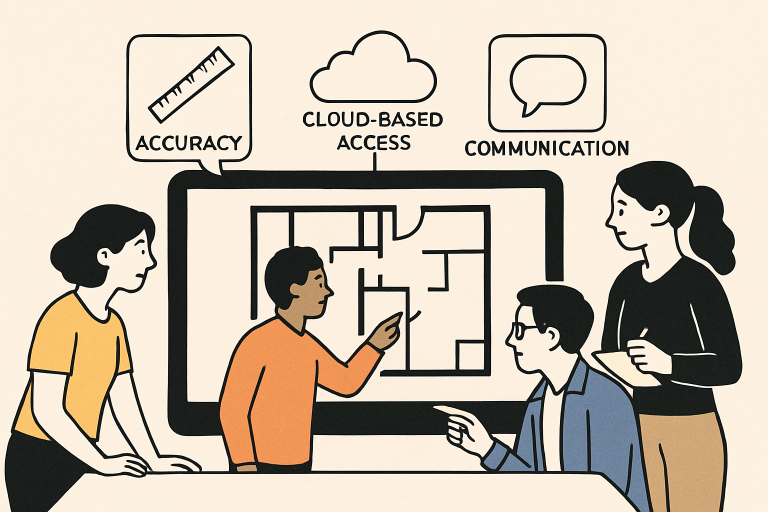Introduction
Digital blueprints are fundamentally transforming the way modern project planning unfolds across the construction and design industries. At its core, this shift represents a move away from cumbersome, static processes toward dynamic and digital-first strategies. No longer are stakeholders limited by physical documents or outdated plans—now, a well-managed digital blueprint allows for instant revisions, greater detail, and real-time feedback. Central to this evolution is the ability to digitally model, revise, and communicate plans with unprecedented speed and clarity, setting a new standard for efficiency. Trusted industry professionals, such as Newport CA real estate experts The File Group, are already leveraging these groundbreaking technologies to deliver more accurate, collaborative, and cost-effective outcomes for clients and partners. This technology enables teams to address issues before they escalate, reduce delays, and communicate project goals more effectively to both internal teams and clients, ultimately driving overall project success.
Digital blueprints are revolutionizing property construction and design by facilitating superior visualization and streamlining project coordination. They allow architects and engineers to collaborate directly, highlighting potential conflicts at the design stage. Digital blueprints reduce manual errors and provide instant access, ensuring accurate information for all participants. This approach supports predictable outcomes and higher satisfaction, making it the new best practice in property construction and design.
Enhanced Accuracy and Precision
Traditional blueprints, once the foundation of construction documentation, have limitations due to their static nature and susceptibility to wear and tear. Digital blueprints offer a significant improvement in precision and reliability. They auto-calculate distances, areas, and volumes, reducing human error. Digital blueprints provide real-time, interactive plans with customizable layers and granular detailing. Instant updates to measurements, annotations, and layers ensure consistency and reduce the likelihood of miscalculations. This dynamic nature reduces errors, enabling projects to be executed accurately and streamlining approval cycles.

Improved Collaboration and Communication
Digital blueprints facilitate project planning by providing cloud-based platforms that enable multiple stakeholders to access, comment on, and edit plans from any location. This flexibility decouples collaboration from rigid meeting schedules and physical locations, allowing everyone to stay in sync and resolve issues in real-time. Digital plan viewing ensures all team members have access to the latest versions of critical project documents, minimizing miscommunications and boosting project momentum. This transparency is especially crucial for large projects with numerous moving parts, as even minor miscommunications can lead to significant setbacks.
Cost and Time Efficiency
Digital blueprints are revolutionizing the construction industry, reducing time and resource consumption. Automated tasks, such as material estimation, clash detection, and progress tracking, improve workflow efficiency. This shift enables a more efficient use of resources, including printing, transportation, and storage, thereby facilitating innovation and quality improvements. A Texas airport saved up to $1 million by adopting digital plans. This shift aligns with sustainability and greener practices, saving trees, reducing fuel consumption, and emissions associated with large-scale transportation.
